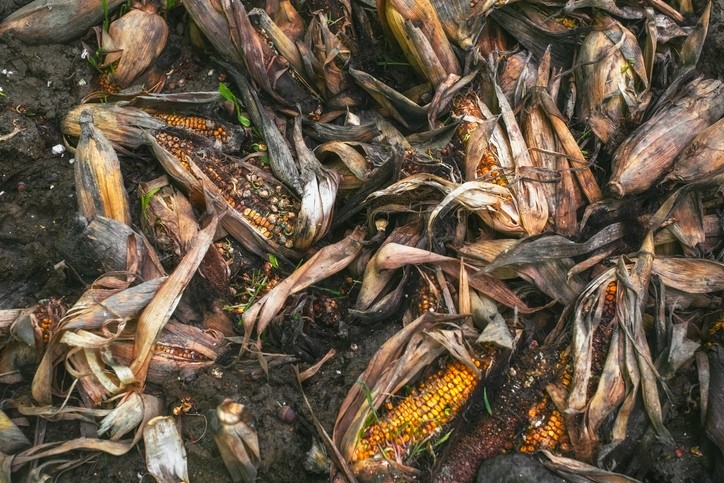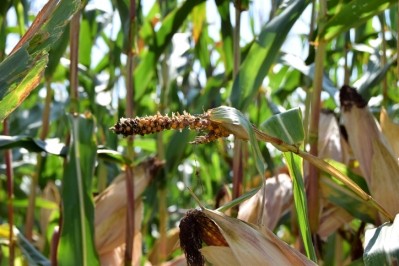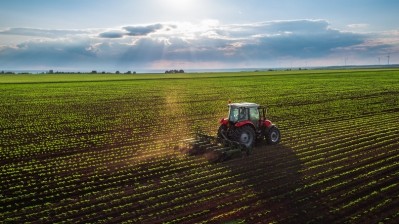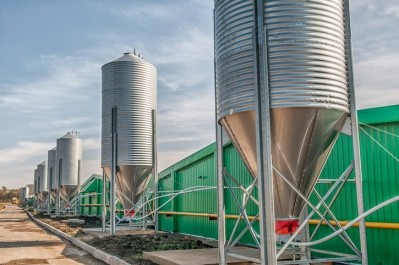Canada: DON contamination of corn 'more widespread than any other year'

Feed grain producers in the Canadian province are facing high levels of deoxynivalenol (DON), sometimes called vomitoxin, throughout parts of this year’s corn crop, said Crosby Devitt, VP strategic development with Grain Farmers of Ontario.
The commodity organization represents about 28,000 producers of barley, corn, oats, soybeans and wheat. It has been working with both federal and provincial governments in Canada to get support for producers during the mycotoxin outbreak.
The damage “is up to about $200m in lost value of this crop this year in Ontario – it’s a significant issue that we’re working through," he told us.
Higher DON corn is discounted in the marketplace and there’s less flexibility in where you go with it, he added.
Corn growers faced dry conditions early in the growing season, but saw high moisture levels from pollination through harvest, he said.
“This year we had higher levels of ear mold which causes DON, which is the primary concern this year in terms of mycotoxins … it’s probably more widespread than any other year,” he said.
Although there remains a “good percentage” of the crop that saw little to no presence of the mycotoxin, a larger than usual percentage of the crop reported a high presence and a small amount of corn was destroyed while in the field.
However, there is not a shortage of corn that can be used in feed, he said.
DON levels allowed in crops in Canada
In Canada, grains or grain by-products can have up to 5mg/kg of deoxynivalenol (DON), in grain for cattle and poultry diets, not exceeding 50% of the diet.
For swine, young calves or lactating animals the amount approved in grains or grain by-products, not exceeding 40% of the diet, falls to 1mg/kg.
Source: Canadian Food Inspection Agency
Grain testing and support
The organization and producers are working through several channels to address the outbreak, said Devitt.
There have been high levels of testing of the crop since harvest started, he said. However, it can be difficult to obtain a “good and representative” sample from within a corn bin.
“We have some research underway to look at best management practices around that to make sure that farmers, or elevators, or end users or feed mills get good results from the corn they’re buying and the feed they’re making,” he said of work to improve testing.
Some funding has been made available through the provincial government to address some of the testing cost for producers and feed users, said Devitt.
Insurance alternatives
One additional issue for corn producers is that the current crop insurance system which only addresses yield related challenges.
"It works well as a program when there’s a drought, or when there’s something that lowers your yield it triggers and gets you back to break even –you’re not making money, but you’re not losing your farm.
“One of the challenges with this year is the earmold wasn’t really affecting yield, in a lot of cases the average yield this year in Ontario was above long-term average, but the value of the corn was reduced,” he said. “It was heavily discounted in the marketplace … the feed market is pretty regulated and has to be very careful [in terms of] mycotoxins, so it has to go elsewhere at a lower value.”
To alter insurance plans, work would need to be done with farmers and the government. Insurance is offered through an arm of the provincial government and the federal government also is involved.
The organization is speaking with farmers about what changes they want to see in terms of how insurance plans are structured, said Devitt.
“Insurance is important, but it’s after the fact,” he said. “Our ultimate goal is to have corn that the marketplace wants to pay top dollar for because it’s got a lot of value."
Tackling mold development
A longer-term project seeks to develop ways to prevent similar mold development in the future, said Devitt.
There is ongoing work looking at hybrids and genetic differences in corn strains to identify ones that would be less susceptible to the disease that leads to DON, he said.
The researchers want to develop a risk rating in relation to corn hybrids for ear rot and other diseases.
“We’ve got some research underway right now and there are corn trials across the province that have many hybrids in many environments,” he said. “We’re looking at how we can incorporate disease ratings into those trials.”
Other projects are focused on the use of preventative measures like fungicides, Devitt said. “The answer will lie in a range of things – it won’t be one thing,” he added.
Canada is expected to generate about 14.5m metric tons of corn in 2018/19 with expansion of planted area of that feed grain. Ontario and Quebec are the two provinces that use the most corn and also account for about 85% of production.
Source: USDA FAS report












